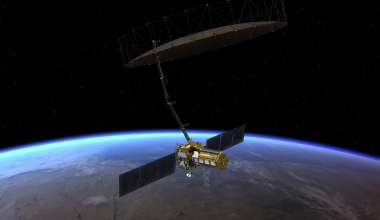When designing a space science mission, there is always a tradeoff between observation and cost, in which one would like to collect as many samples as possible in order to bound the problem in spite of having a limited budget. This has historically led to individual or small clusters of satellites filled with high-end, custom-built instruments. The space community is moving into an era in which large constellations are becoming affordable, and there are more launch opportunities available. This brings a new complication of determining the sets of orbits that can optimize the science returns within the given constraints. The Aerospace Corporation has developed a tool called Genetic Resources for Innovation and Problem Solving (GRIPS), which allows scientists to quantify the tradeoffs when developing a new mission or observational campaign, often providing solutions that may have not initially been considered. We see GRIPS as an innovative tool that will help optimize the science outcomes of a space mission.





